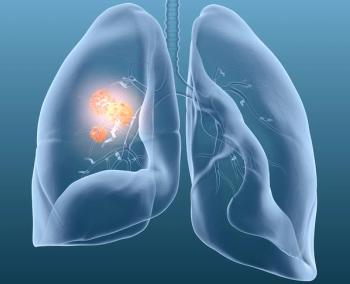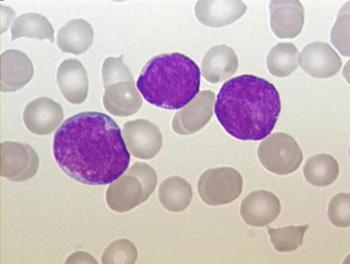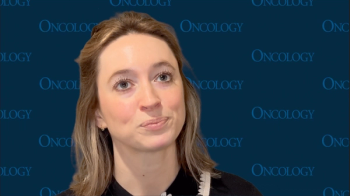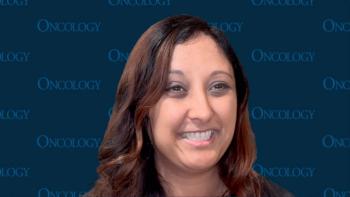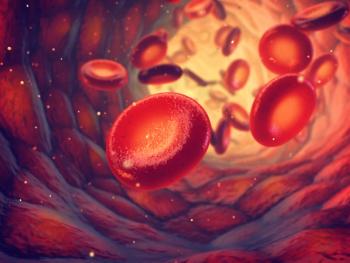
Prior CAR T-Cell Therapy Exposure May Impact Odronextamab Benefit in DLBCL
Developing odronextamab combinations following CAR T-cell therapy failure may help elicit responses in patients with diffuse large B-cell lymphoma.
CancerNetwork® spoke with Matthew J. Matasar, MD, chief of the Division of Blood Disorders at Rutgers Cancer Institute and a professor of Medicine at Rutgers Robert Wood Johnson Medical School, about whether any particular subgroup benefit emerged with odronextamab (Ordspono) monotherapy and next steps for assessing the agent in patients with diffuse large B-cell lymphoma (DLBCL). Matasar presented findings from the ELM-1 study (NCT02290951) evaluating odronextamab monotherapy in patients with DLBCL at the
Matasar began by emphasizing the importance of understanding which patient subgroups can benefit from odronextamab following CAR T therapy. He expressed that duration of benefit with prior CAR T-cell therapy was found to be a predictor for bispecific antibody response, citing efficacy findings from the ELM-1 study.
Matasar then highlighted the need to develop programs to address patients with DLBCL who did not experience lasting responses with CAR T-cell therapy, suggesting that bispecifics may be an answer. He expressed that developing combination approaches utilizing odronextamab may help identify a program to help mitigate disease progression and elicit responses following CAR T-cell therapy failure.
Efficacy findings from the primary analysis of the ELM-1 study found that the overall response rate (ORR) and complete response (CR) rate by independent central review was 48.3% (95% CI, 35.2%-61.6%) and 31.7% (95% CI, 20.3%-45.0%), respectively, with ORRs at 20.7% (95% CI, 8.0%-39.7%) and 63.6% (95% CI, 30.8%-89.1%) in patients who relapsed within 90 days and between 91 and 180 days, respectively. Median duration of response was 14.8 months (95% CI, 2.8-not estimable [NE]), and median progression-free survival and overall survival was 4.8 months (95% CI, 2.6-5.4) and 10.2 months (95% CI, 4.6-15.8), respectively.
Transcript:
Trying to understand who best can benefit from treatment like odronextamab following CAR T-cell therapy failure is critically important. One lesson that I learned from the data from ELM-1 is that the duration of benefit that had been achieved by prior CAR T-cell therapy is critical to understanding the likelihood of response to bispecific antibodies such as odronextamab. For patients who relapsed more than 6 months after prior CAR [T-cell therapy], responses were excellent: [there was an] overall response rate of over 80% and a complete response [CR] rate ranging from 50% to 70%...whereas patients who progressed within 3 months of CAR T-cell therapy were unlikely to benefit from odronextamab, with only an [ORR] of 20% and a CR rate of 10%.
We need to continue to develop better programs after CAR T-cell therapy failure. The data from ELM-1 clearly point us in that direction, showing that bispecifics can offer hope after CAR T-cell therapy failure. It is not the end of the story, and we are evaluating combination-based approaches using odronextamab and drugs like it to come up with the better mouse trap and figure out if we can identify a program that does offer even curative potential in this dangerous scenario.
Reference
Matasar M, Topp MS, Allan JN, et al. Efficacy and safety of odronextamab monotherapy in patients (pts) with diffuse large b-cell lymphoma (DLBCL) progressing after CAR T-cell therapy: primary analysis from the ELM-1 study. Blood. 2024;144(suppl 1):866. doi:10.1182/blood-2024-199155
Newsletter
Stay up to date on recent advances in the multidisciplinary approach to cancer.


